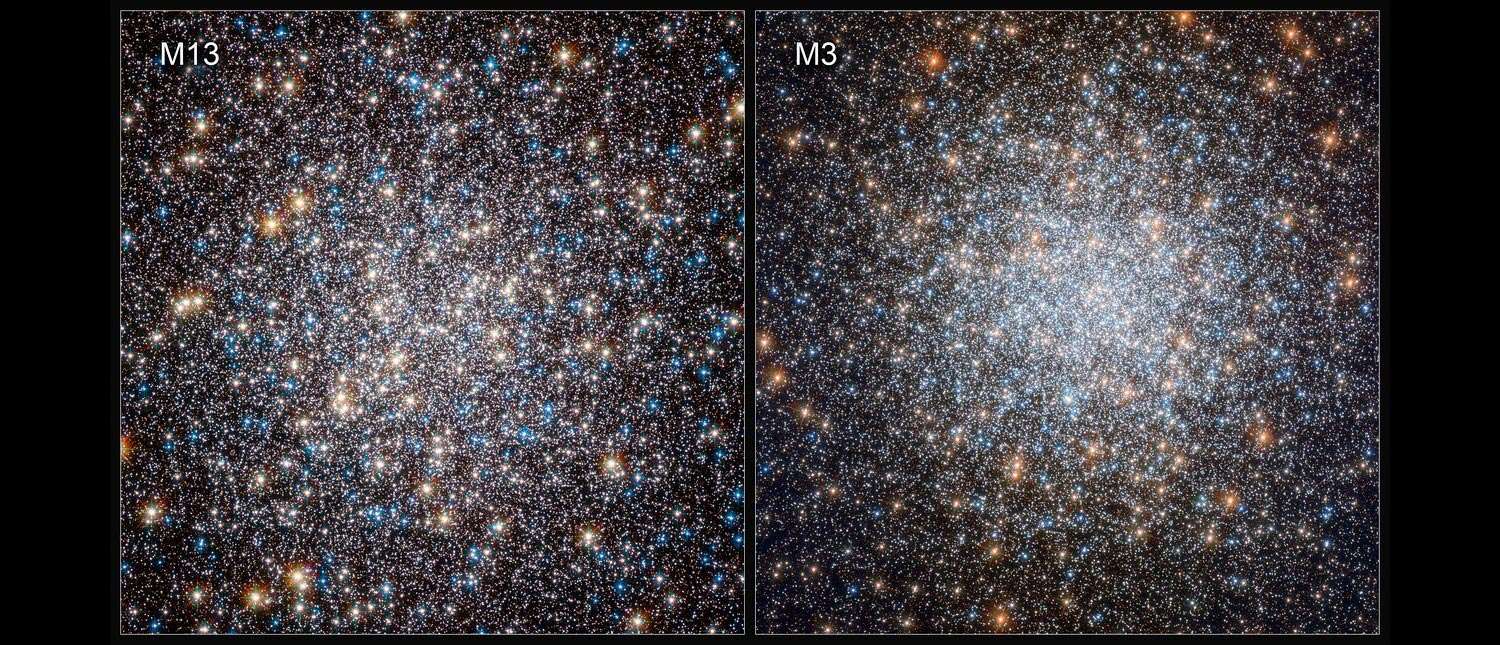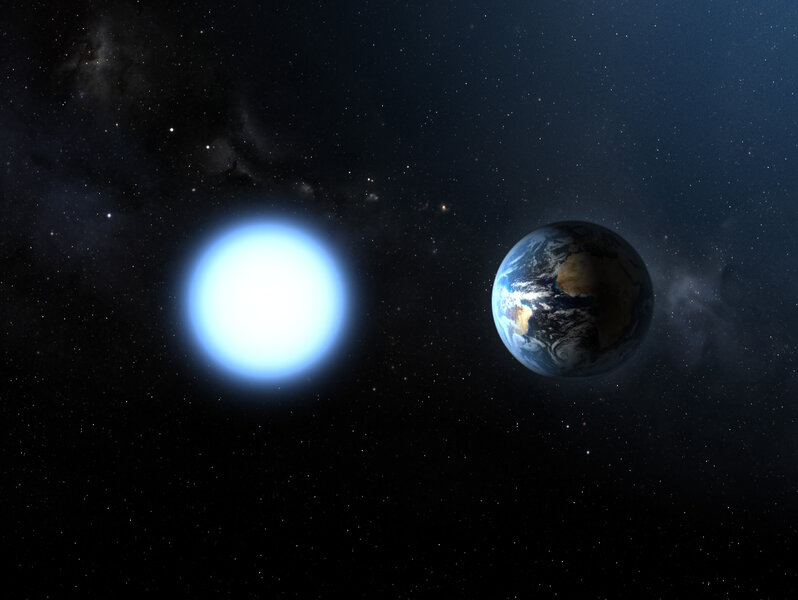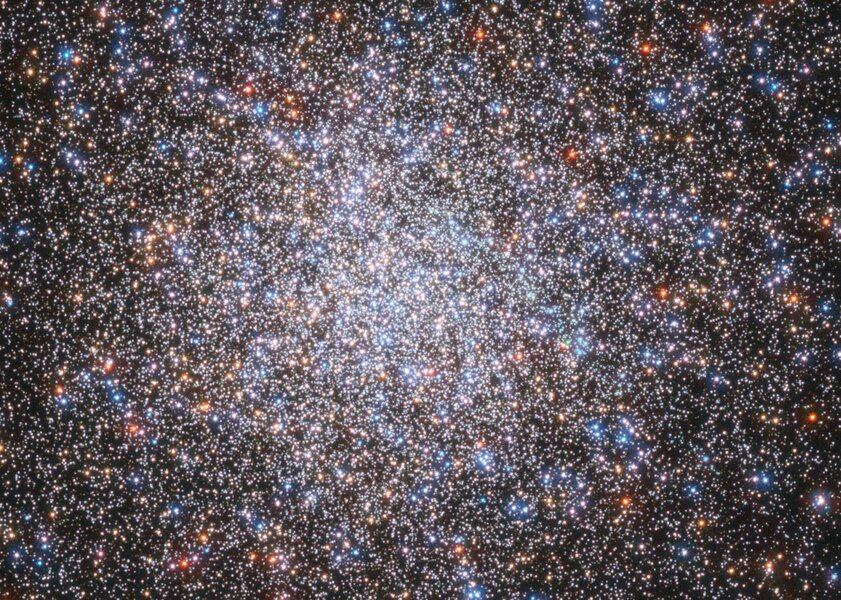Create a free profile to get unlimited access to exclusive videos, sweepstakes, and more!
Want to slow aging? Gently fuse hydrogen all over your surface

Not to be macabre, but white dwarfs are useful. These are the corpses of stars like the Sun. When stars like this run out of fuel in their cores they blow off their outer layers, exposing the hot, dense core: a white dwarf with the mass of a star packed into a sphere the size of the Earth. The beauty of white dwarfs is that they don’t generate any energy of their own. They’re basically embers, hot balls of glowing matter that cool and fade as they age.
This means they can be used as cosmic clocks to get the ages of all manner of objects, like clusters of stars and galaxies. Just measure the temperature of the coolest white dwarfs in them, figure out how long it took them to get to that age, and poof. Done. OK, sure, it’s a little more complicated than that. But that’s the idea.
… assuming we understand how they fade as they cool. New research by a team of astronomers shows that assumption may not be true, and that some white dwarfs have found a way to slow the aging process and stay brighter for longer.
They looked at two globular clusters, densely packed roughly spherical collections of stars. One of them, M3, has about half a million stars in it and orbits the Milky Way about 34,000 light years from us; M13 has a few hundred thousand stars and is closer at a distance of 22,000 light years. Both are roughly the same age, 12.6 and 12.9 billion years, respectively. Also, both are bright and gorgeous, and are favorite targets of amateur astronomers (I’ve lost count of how many times I’ve spied them through my own eyepiece).
They make good laboratories to study white dwarfs; each has hundreds in them that are all at essentially the same distance from us, making it easier to calibrate measurements. Archived Hubble Space Telescope observations from 2012 looked at both clusters using two different ultraviolet filters, because as white dwarfs cool they change color so comparing how bright a white dwarf is in the two different filters can be used to determine its age.
The astronomers found a couple of notable things. One is that M13 has more white dwarfs in it, which is surprising given it has fewer stars overall than M3. But far more surprising is that the white dwarfs in M3 look pretty normal, and follow the theoretical cooling models very well, while most of the ones in M13 don’t. About 30% appear to follow the models, but an astonishing 70% of them are significantly brighter and hotter than expected.
How can this be?
Stars like the Sun fuse hydrogen into helium in their cores, which is how they generate energy. Eventually that hydrogen runs out. The now-helium core is extremely hot, and that heat makes the outer layers of the star swell up hugely, turning the star into a red giant. The outer layers start to blow away, while in the core helium fusion into carbon and oxygen begins. Eventually the core runs out of helium to fuse, the outer layers are gone, and what’s left is now a white dwarf made of carbon and oxygen.
However, it’s been theorized that in some stars a relatively small amount of hydrogen can remain, a shell around the white dwarf. The dwarf is so hot and its gravity so intense that hydrogen fusion can continue, creating energy. Stars that can do this while still “alive” tend to be hotter and bluer after they blow off their outer layers shortly after their red giant stage, and whaddya know: M13 has a bunch of stars that appear to be hotter and bluer after their red giant stages, while M3 doesn’t.
In other words, although they are very similar, for some reason M13 is able to make more white dwarfs with leftover hydrogen to fuse while M3 isn’t. Why that may be is still a mystery.
But the outcome of this is that a lot of the white dwarfs in M13 are still quietly fusing hydrogen, which means they’re still making energy, which in turn means they’re hotter and brighter than expected, making them look younger than they really are compared to white dwarfs that aren’t fusing hydrogen.
In that sense these still-active white dwarfs seem to age more slowly. The models of how white dwarfs cool indicate this can make them look as much as 750 million years younger than they actually are!
And if we’re using them as clocks to get the ages of other objects, that means those ages will be off as well unless this fact can be compensated for.
This result, if true, throws a monkey in the wrench of how we use white dwarfs as clocks. The next step here is for other astronomers to jump in and try to figure out if it can be confirmed or negated, and if the former just what other observations need to be done to quantify how big a problem this is. Seeing it in a single pair of globular clusters is good, but it’ll have to be seen in other places to get a handle on just how big and how far-reaching an effect it is.
Astronomy — heck, science — is a tapestry, with all the threads interconnecting. If one is woven a little bit off then we need to understand why, and how it affects the overall picture. This ability to self-correct is one of the greatest strengths of science, and a very good reason to I admire the process so much.





























